How to winterize salvias – simple steps to protect your plants from the cold
Support your perennial salvias and they will flourish again next spring
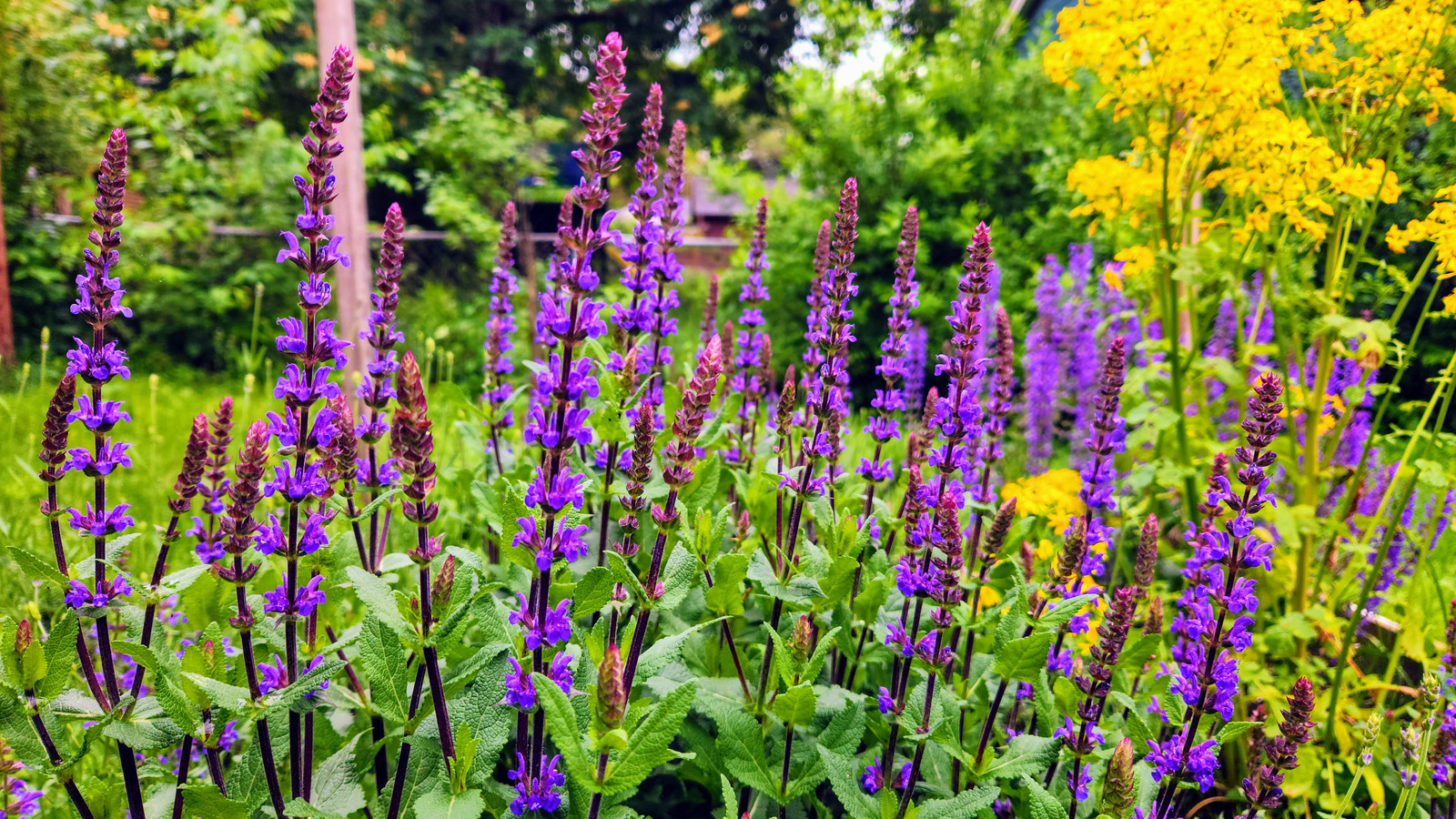

Winterizing salvias can protect them from frost, snow, biting gales and other harsh winter weather. This can help them survive the cold season and return to their flowering glory the following spring. Yet, how to winterize salvias will vary depending on the type you're growing and where you live.
It's not a 'one size fits all' approach for all salvias. This plant is diverse in its range of species and cultivars (which includes sage and rosemary). Our focus, however, is the non-culinary varieties. If you've discovered how to grow salvias, you'll know this popular perennial is a favorite for beds, borders and pots.
Our horticultural experts offer advice on how to care for salvias through the colder, wetter months, so you can enjoy them again and again.
Expert advice on how to winterize salvias
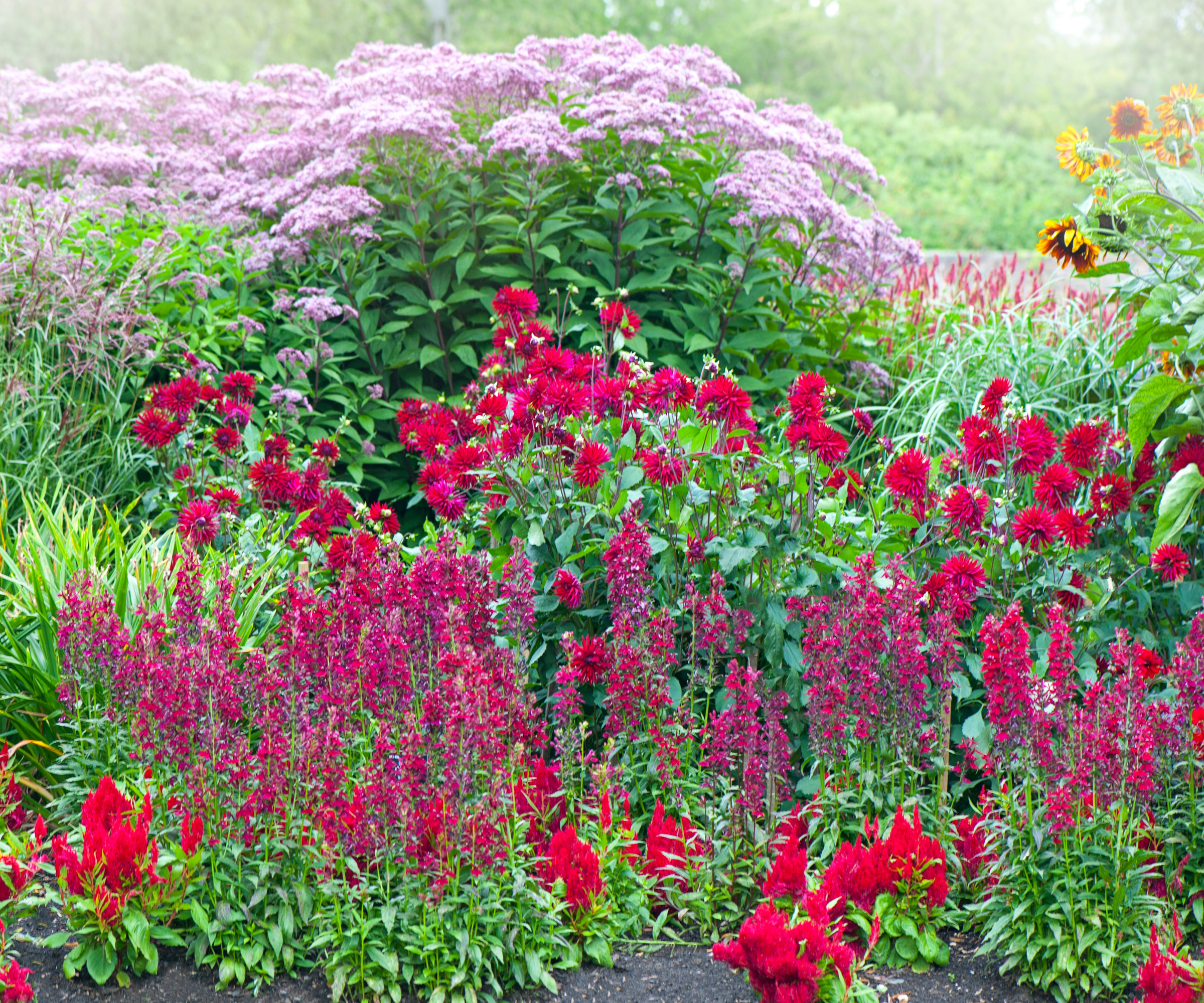
'Over-wintering salvias is unique to the hardiness category of the specific salvia and your gardening hardiness zone,' says Heather Wheatley, horticulturalist at Proven Winners.
'It is an amazing genera that includes annual bedding salvias, long-lived or perennial salvias, and temperennials, which are hardy in some zones and perennials in others. It's important to know which salvias you have selected for your garden.'
Cutting back salvias for winter

Fall is a good time for cutting back, deadheading and pruning a number of plants in your yard and some perennial salvias can benefit from a trim. Cutting away excess foliage will encourage fresh growth when the weather warms again.
A decent pair of pruners, like these heavy duty drop forged pruners from True Leaf Market will make light work of fall gardening tasks.
'I love salvias for their vibrant blooms and their ability to attract hummingbirds and pollinators, making my garden feel alive with color and movement,' says Maureen Wright, plant expert at Fast Growing Trees.
'To keep these beauties thriving, especially in USDA zones 4-7, it's good to winterize them from late October through to early March,' says Maureen.
'Tender and border salvias especially benefit from extra winter protection, while hardy varieties may require less. Without protection, frost can damage their roots, and tender varieties might not survive.
'My go-to method is firstly cutting back the stems after the first frost, then laying down a thick layer of mulch (3-4 inches) to shield the roots.'
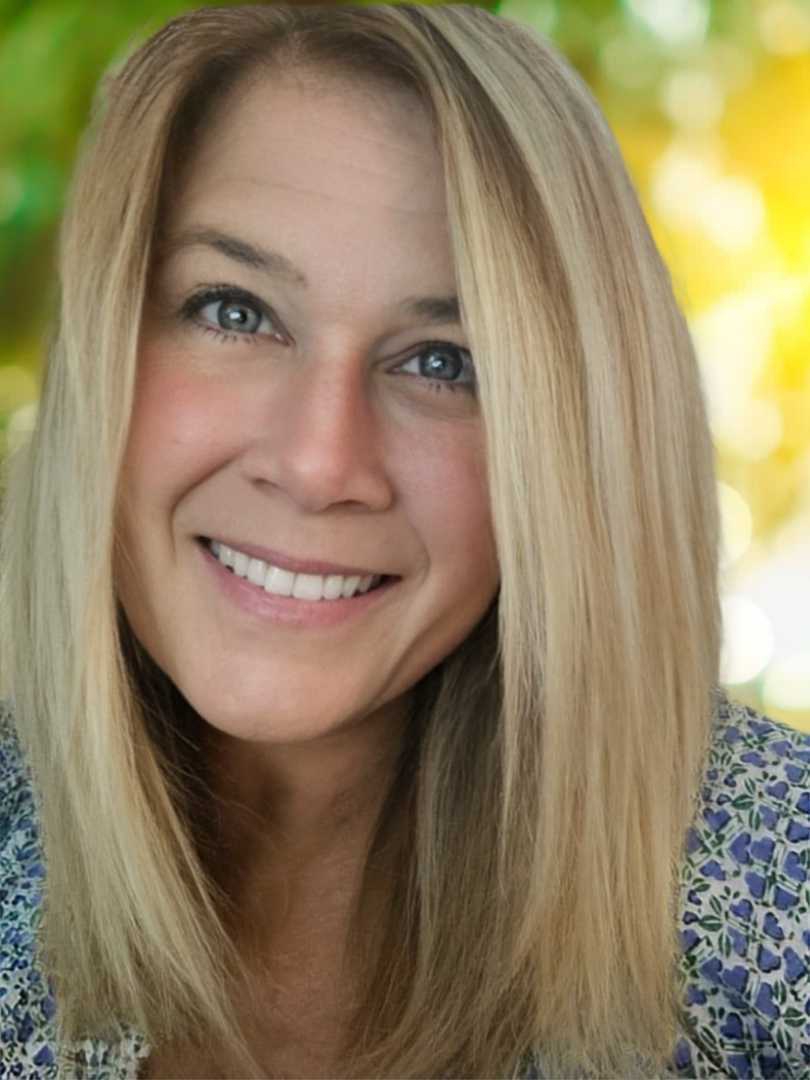
Maureen has been a Certified Oklahoma State University Master Gardener since 2012 and is currently working on her ISA Arborist Certification. Her background in social work led her to an interest in horticultural therapy training and she spends a lot of her time working with at-risk youth and adults working on community garden projects.
Types of salvia to trim now or leave until spring

If you're growing a hardy perennial salvia that is cold tolerant for your region, cutting back can be done in the fall for a neater winter garden. However, it is not essential and can be left until spring. This is the case for herbaceous salvias too.
In fact, waiting until spring to cut back your salvia will provide food for wildlife through the winter.
'Salvia is a diverse group of plants, with some hardy to USDA zones 3 to 4, while other varieties are more tender, to zone 9,' says gardening expert, Janet Loughrey. 'The hardiest types need little or no winter protection.
'Shrubby salvia plants with woody growth can be cut back by up to a third in early to mid fall. Allow time for plants to recover before the first hard frost when plants will enter dormancy,' continues Janet.
'Pruning will help keep plants from getting whipped around in harsh winter winds. Leave some of the top green growth to provide extra protection.
'Non-shrubby herbaceous types that die back to the ground can be cut back to 4-8 inches tall, or left alone. Plants will sprout new growth from the base in spring. Salvias are heat lovers, so may not show new growth until the weather has warmed up in mid to late spring.'
'Hardy salvias, such as Salvia nemorosa and Salvia x sylvestris, can be left until spring in regions with mild winters,' says Tabar Gifford, master gardener, High Country Gardens. 'In colder zones, cutting back in late fall is helpful for winterizing.'
'In colder climates (zones 7 and colder), tender salvias for example Salvia guaranitica and Salvia leucantha should be cut back in the fall to prevent damage. In warmer climates (zones 8 and above), they can be left and pruned in early spring.'
This perennial salvia x sylvestris from Nature Hills flowers with deep purple blooms, likes a sunny spot and is cold hardy in USDA hardiness zones 3-8. It's also a great plant for pollinators.
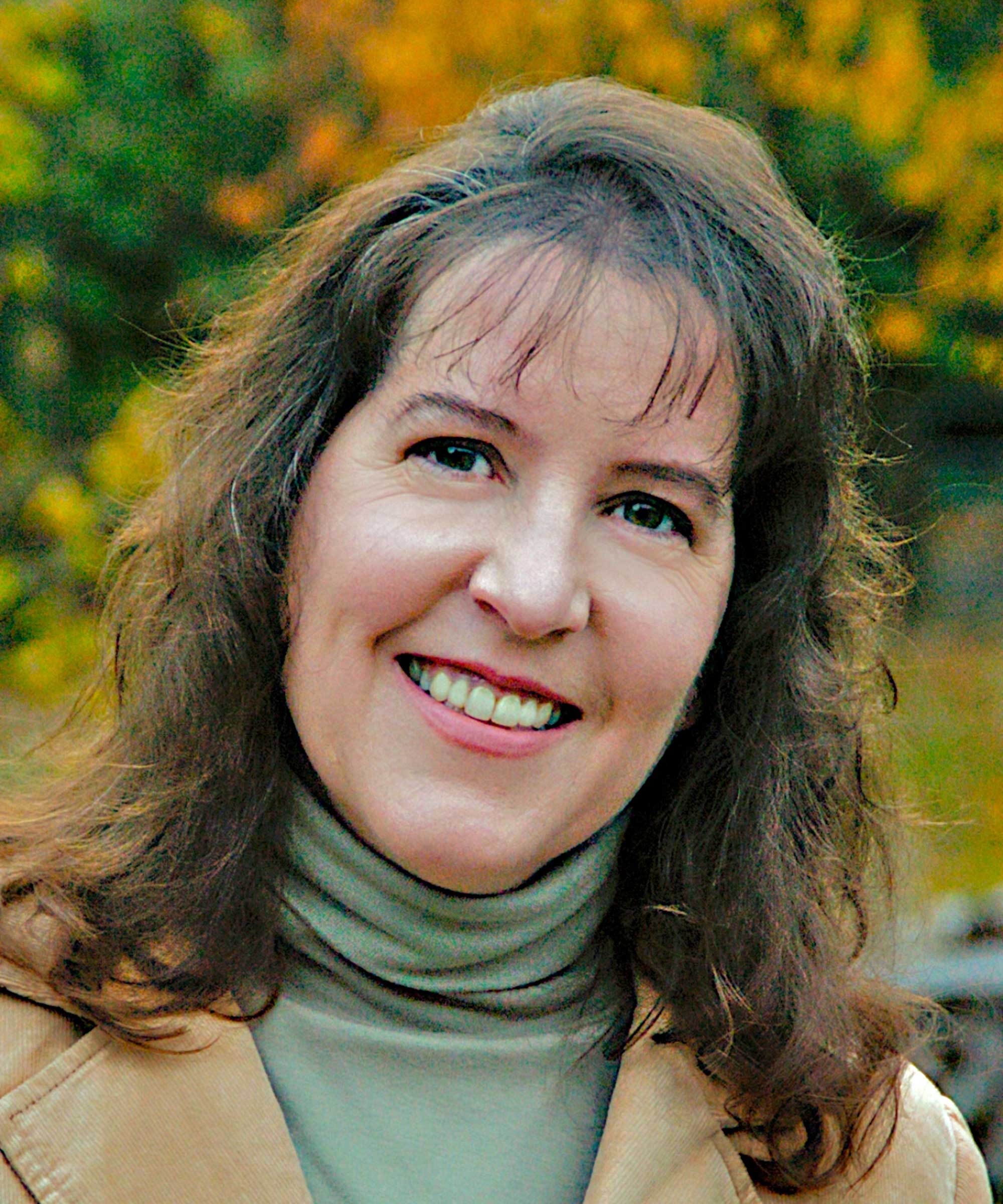
Janet Loughrey has been a full-time garden photographer and writer for 25 years. She lives and gardens in Portland, Oregon. Previously, Janet gardened in the Adirondack region of upstate New York where she grew up. Experiencing different climates has given Janet a greater appreciation of the gardening challenges they present. In her own garden, Janet tends to an eclectic mix of roses, shrubs, perennials, and bulbs.
Mulching salvias for winter
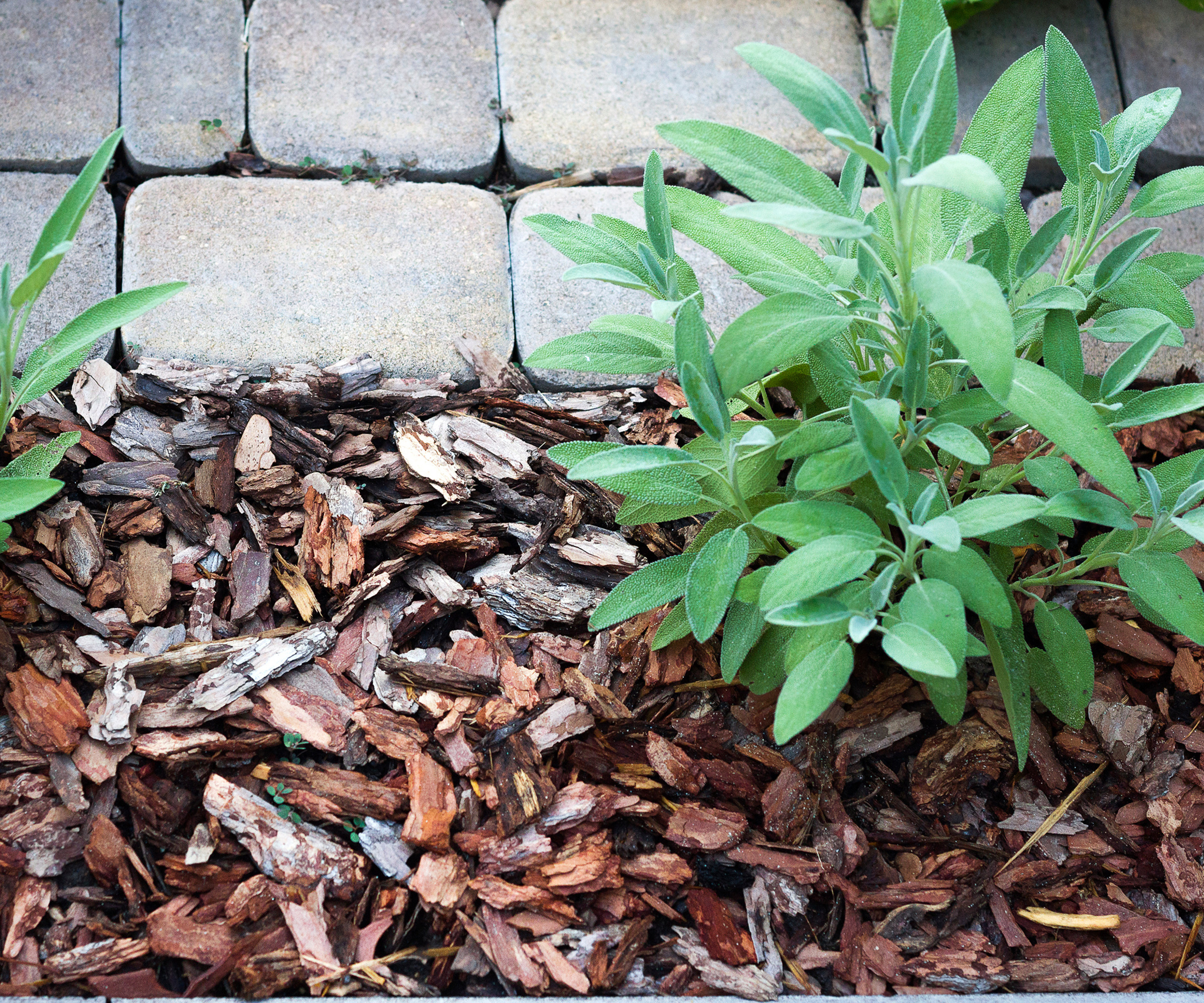
Covering plant roots with mulch has multiple benefits both for your plants and your flower beds. Apart from suppressing weeds, mulching can feed the soil and protect plant roots from the cold when temperatures plummet.
'If a salvia is marginal in your growing zone, cover the crown of the plant with several inches of organic mulch to insulate the root zone from hard freezes,' says Janet.
'Organic mulches will last through the winter. Lighter mulches such as fallen leaves may become compacted, and will break down more quickly. Denser mulch such as shredded bark or bark chips will take longer to break down. Both materials are good choices to protect and insulate salvia plants over the winter.'
'We are fortunate to have a large variety of salvias that perform beautifully in our clients' gardens in NYC and in my own garden in Connecticut,' says landscape designer, Kat Aul Cervoni, Staghorn Living.
'For many of the salvias, winterizing or special care during the winter isn’t necessary, as they are perennials and hardy to our zone. Salvia glabrescens (Japanese Woodland Sage) is also hardy to our region, so can be left as-is to overwinter in the garden.
'For hardy, perennial salvias we wait to cut back old stems in early spring and otherwise mulch well around the basal growth in autumn to provide good insulation.
'For half-hardy or non-hardy varieties, we recommend either planting them in-ground in a sheltered spot and mulching well, or potting them up and bringing them indoors into a greenhouse, garage, or cold frame over winter - these should be cut back to 4”-6” inches as well.'
'When mulching perennial salvias, be careful if you have wet winters or wet springs,' says Heather. 'Most salvias do not like moisture, humidity, or pooling around their base. Mulch can exacerbate that issue. So be sure to turn off your irrigation in that area if you use mulch.'
The beautiful salvia 'Rose Marvel' from Burpee is suitable for beds and borders in zones 4-9 and will burst forth with pink blooms each spring.
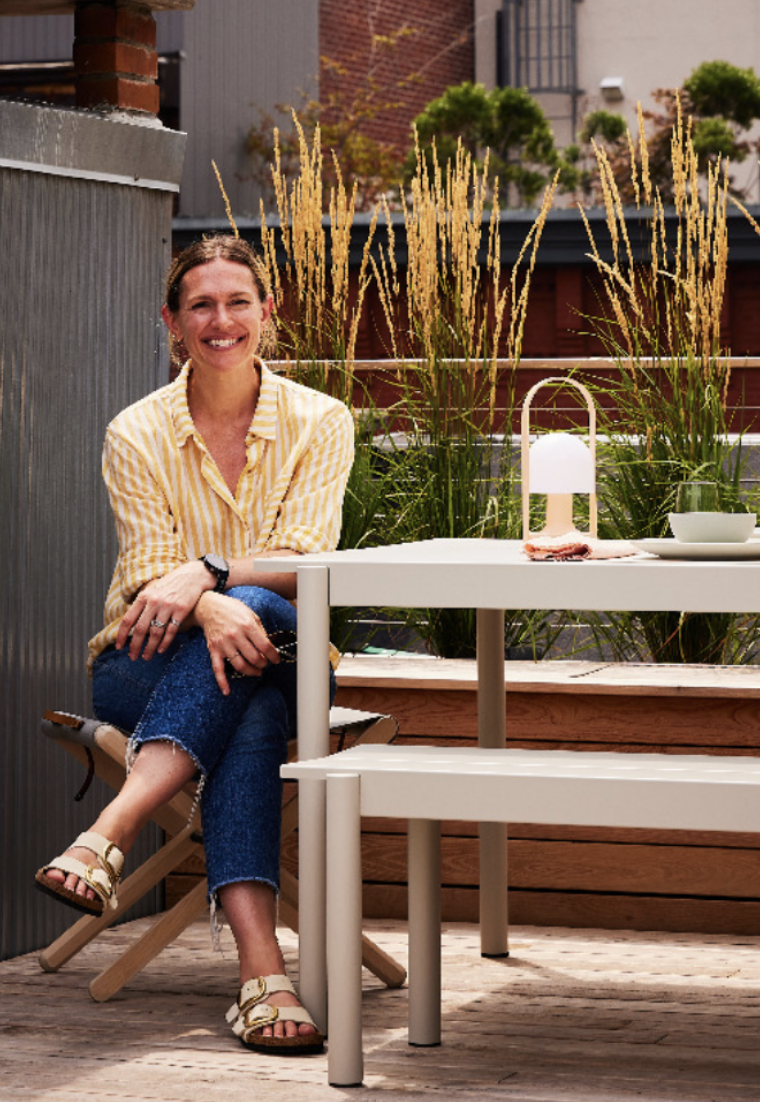
Landscape designer, Katherine "Kat" Aul Cervoni is the founder and principal of Staghorn Living. Kat creates outdoor spaces that become natural extensions of a home’s interior. A member of the Ecological Landscape Alliance and the Association of Professional Landscape Designers, she also mentors young plant enthusiasts and upcoming designers.
Protecting potted salvias

If you have chosen salvias for container gardening, they may be at more risk from the cold than those in the ground. Unless you're planning to bring them in to a greenhouse for the winter.
'Containerized salvias are more susceptible to the roots freezing than those in the ground,' explains Janet Loughrey. 'Potted plants can be overwintered outdoors or brought inside.
'As a general rule, pots can be left outdoors if the salvia is hardy to two zones colder. For example, if you live in USDA zone 7, salvia plants hardy to zone 5 can be left outdoors in pots.
'Place pots up against a wind sheltered side of a home or other structure. Plants and pots can also be covered with burlap, plastic sheeting, straw or leaves for extra protection. Keep plants dry, as too much winter moisture can kill them.'
Whatever type of salvia species you're growing, whether cold-hardy and low-maintenance, or more tender varieties that require more protection, you can look forward to their return next spring.
Design expertise in your inbox – from inspiring decorating ideas and beautiful celebrity homes to practical gardening advice and shopping round-ups.
Jacky Parker is a freelance lifestyle journalist and writer, producing a wide range of features for magazines and websites. She has written for Homes & Gardens and its sister titles, Livingetc and Country Homes & Interiors for more than 15 years, both as a freelance contributor and staff member, regularly reporting on the latest interiors, gardens and lifestyle inspiration, speaking to experts in their respective fields and discovering the newest tips.
